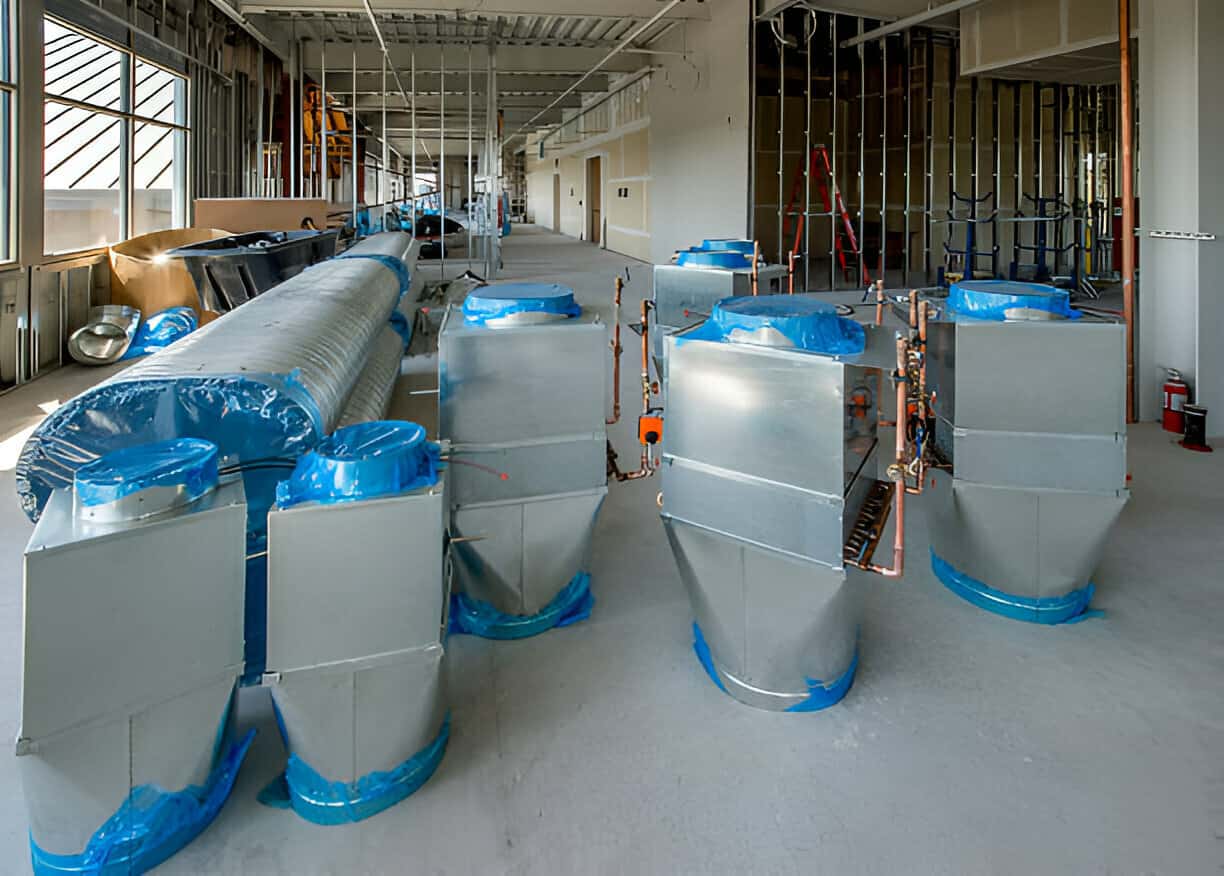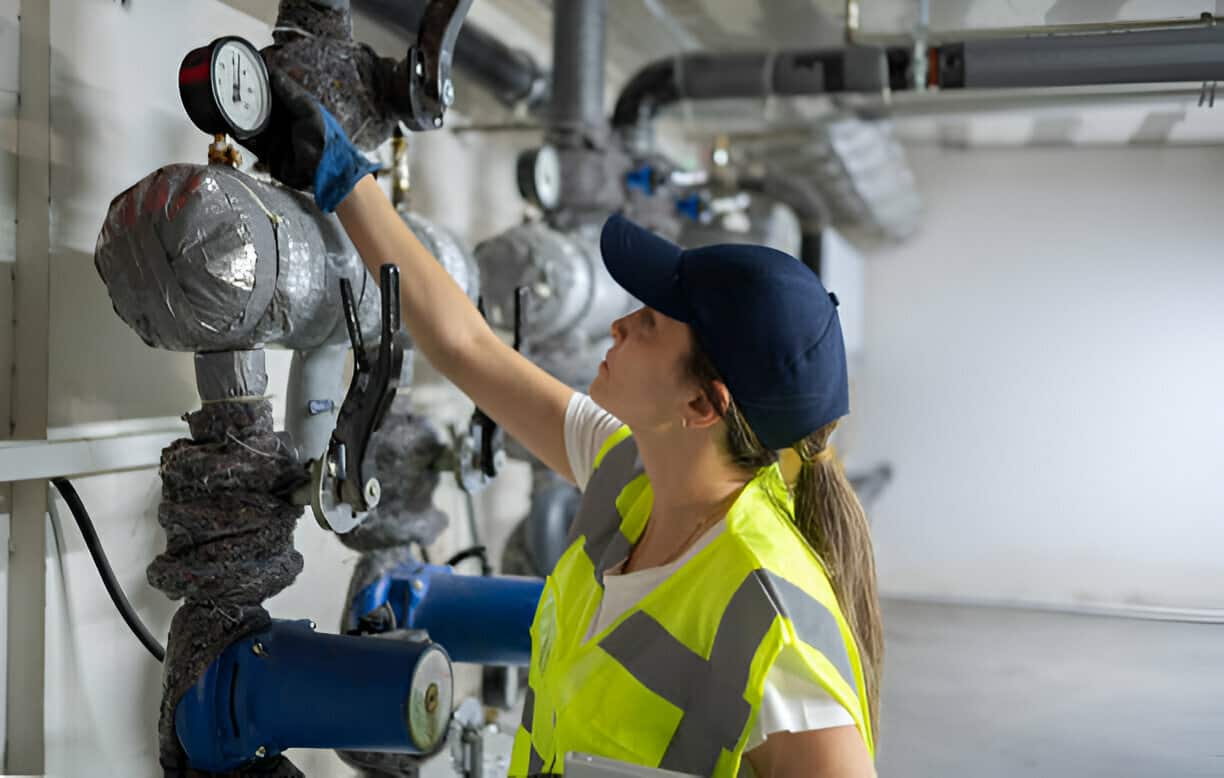
HVAC Installation in Ana Verde, CA
Replacing or installing a new HVAC system in Ana Verde, CA is a major home improvement decision that affects comfort, indoor air quality, and energy bills for years. With long cooling seasons, occasional heat waves, and seasonal wildfire smoke, many Ana Verde homes need properly sized, energy-efficient equipment and upgraded filtration to stay comfortable and healthy. This page explains the complete HVAC installation process so you know what to expect: assessment and load calculations, equipment selection, ductwork evaluation, permitting and code compliance, step-by-step installation, warranty considerations, realistic timelines, cost drivers, and post-install testing and homeowner orientation.

Why a proper HVAC installation matters in Ana Verde
Poorly sized or improperly installed systems lead to uneven temperatures, short cycling, higher energy use, premature equipment failure, and poor indoor air quality—issues that are especially noticeable during Ana Verde’s extended hot periods. Proper installation delivers:
- Consistent comfort throughout your home
- Lower operating costs with energy-efficient models
- Better indoor air quality during smoke events
- Longer equipment life and valid manufacturer warranties
Common HVAC installation types and common issues in Ana Verde
Most new installations in Ana Verde fall into these categories:
- Central air conditioners and gas/electric furnaces (split systems)
- Air-source or ground-source heat pumps for efficient heating and cooling
- Ductless mini-split systems for additions or homes without existing ductwork
- Hybrid systems combining heat pump and gas furnace for efficiency and reliability
Typical problems discovered during pre-install assessment:
- Undersized or leaky ductwork causing poor airflow
- Inadequate insulation or building infiltration increasing load
- Old systems with obsolete refrigerant or components no longer supported
- Poorly located outdoor units exposed to direct afternoon sun
- Lack of proper filtration for wildfire smoke and allergens
Initial site assessment and load calculations
A professional HVAC installation begins with a thorough site assessment:
- Walk-through of the home to evaluate layout, insulation, windows, attic/crawlspace access, and existing HVAC equipment
- Manual J load calculation to determine accurate heating and cooling requirements based on square footage, orientation, occupancy, and construction details
- Manual D duct design assessment to size or redesign ducts where needed
- Evaluation of electrical service and gas lines to confirm capacity for the new equipment
Accurate load calculations are critical: oversizing leads to humidity and comfort issues; undersizing forces the system to run constantly and shortens life span.
Equipment selection and sizing (energy-efficient models)
Selecting the right equipment for Ana Verde homes balances efficiency, durability, and indoor air quality needs:
- Choose systems with appropriate efficiency ratings (SEER for cooling; HSPF/AFUE for heating) to match your usage patterns and local climate
- Consider heat pumps for year-round efficiency and future-proofing as California shifts toward electrification
- Select properly sized equipment using Manual J outputs, not rule-of-thumb sizing
- Add enhanced filtration or whole-home air cleaning if wildfire smoke or allergens are a concern
Manufacturers offer various warranties and extended protection options; pay attention to compressor and heat exchanger warranties and how registration and routine maintenance affect coverage.
Ductwork evaluation and modifications
Duct condition often determines the success of a new installation:
- Inspect for leaks, missing insulation, collapsed sections, and poor balancing
- Perform duct sealing and insulation upgrades where needed
- Redesign trunk and branch runs if rooms experience significant temperature imbalances
- For homes without ducts, evaluate ductless mini-splits or consider new ductwork routes with minimal disruption
A tight, well-balanced duct system improves comfort and efficiency and is commonly required to validate warranty and system performance.
Permitting and code compliance in Ana Verde
Installations must comply with California energy code (Title 24) and local Ana Verde building codes:
- Accurate paperwork and plans are submitted for permit review
- Installations may require inspections for mechanical, electrical, and gas work
- High-efficiency systems and heat pumps may need documentation to meet mandatory efficiency standards
- Keep copies of permits and inspection reports with warranty paperwork for future reference
Permitting ensures safety, compliance with energy standards, and protects resale value.
Step-by-step installation procedures
A typical new-system installation follows these steps:
- Finalize equipment selection and obtain permits
- Prepare the site, remove old equipment safely, and protect floors and landscaping
- Install outdoor unit pad, line set, and electrical or gas connections
- Modify or install ductwork, vents, and registers per Manual D design
- Mount indoor unit, set controls, and wire the thermostat/controls
- Evacuate and charge refrigerant properly, or pressurize and test ductwork
- Inspect combustion safety for gas appliances and verify electrical connections
- Perform commissioning tests and handoff documentation
Technicians should follow manufacturer installation instructions and local code during every step.
Post-installation testing and customer orientation
After installation, a thorough commissioning process confirms performance:
- Verify refrigerant charge, airflow, supply/return temperatures, and static pressure
- Test thermostat functionality and zone balancing
- Check duct leakage and airflow to each room
- For gas systems, run combustion and CO safety tests
- Demonstrate thermostat features, filtration replacement, and basic troubleshooting to the homeowner
- Provide a packet with manufacturer warranties, registration instructions, permit and inspection records, and a recommended maintenance schedule
This orientation ensures your family knows how to operate the system efficiently and maintain warranty validity.
Warranties and manufacturer information
Understand two warranty types:
- Manufacturer warranty: covers defects in components (compressor, heat exchanger) when installation and registration requirements are met
- Workmanship/service warranty: covers installation errors and should be provided by the installing contractor
Keep equipment manuals, warranties, and proof of regular maintenance together. Some manufacturers require dealer registration and scheduled maintenance to honor full warranty terms.
Timelines and cost drivers (what to expect)
Typical timelines:
- Initial site assessment and quote: 1 to 3 hours on site, report within a few days
- Plan, permitting, and material procurement: often 1 to 3 weeks depending on permit turnaround
- Installation: from one day for a simple replacement to several days for full-system changeouts with ductwork
- Final inspections and commissioning: a few hours to a day after installation
Major cost drivers (no specific prices provided):
- System type and efficiency level selected
- Complexity of ductwork repairs or new duct installation
- Electrical or gas upgrades required for new equipment
- Permit and inspection requirements
- Accessibility of equipment locations and site prep needs
Ongoing benefits and maintenance advice
A professionally installed, properly sized HVAC system brings immediate and long-term benefits: improved comfort, lower energy use, enhanced indoor air quality, and reliable performance during Ana Verde’s hot months and occasional smoke events. Maintain your investment by:
- Changing filters according to manufacturer guidance, using MERV-rated filters for smoke seasons
- Scheduling annual tune-ups for heating and cooling components
- Monitoring thermostat schedules and humidity levels for optimized comfort and efficiency
A careful installation process and regular maintenance keep your system running efficiently and protect warranty coverage for years to come.





